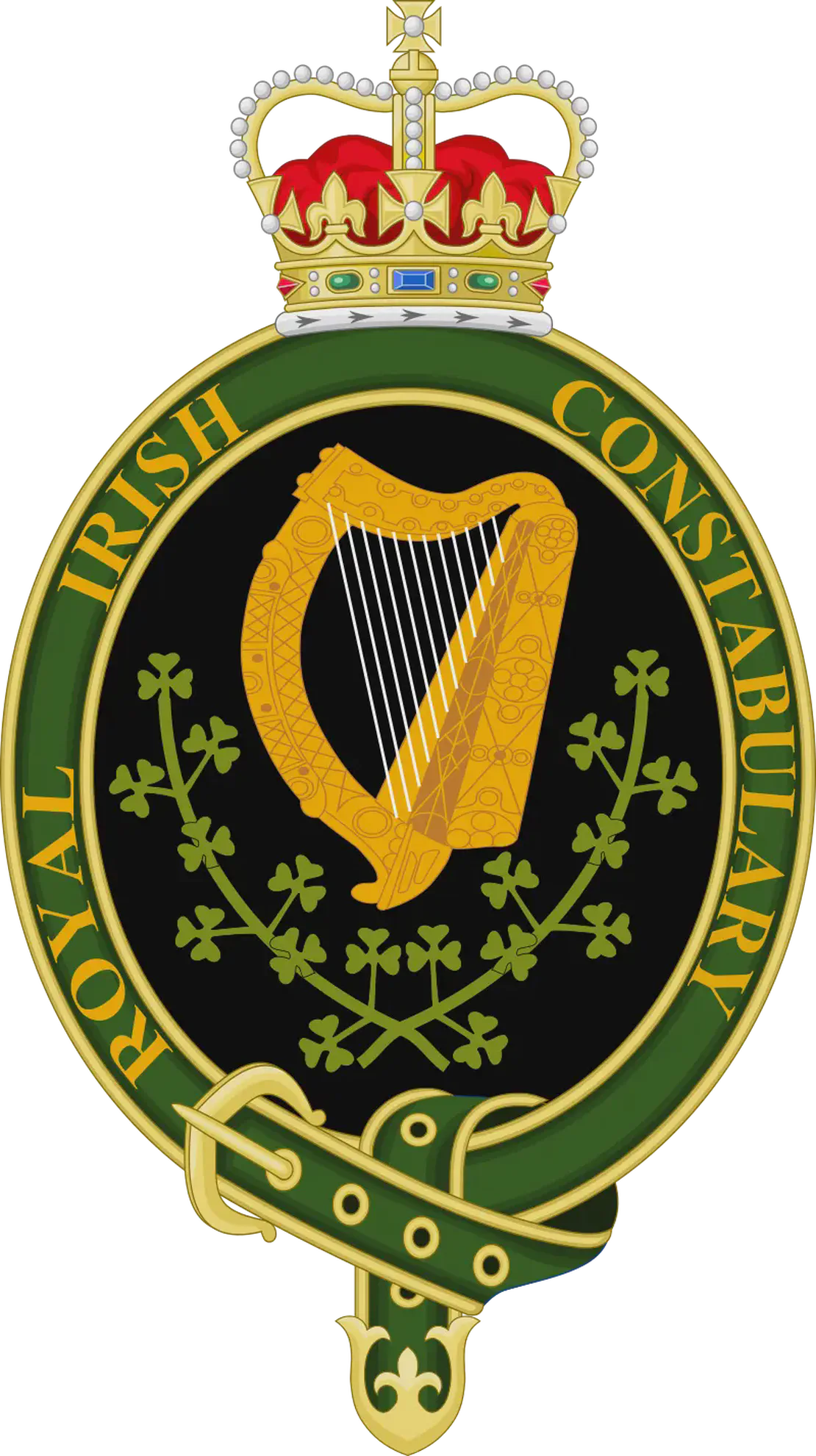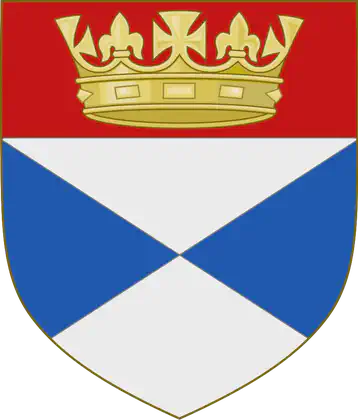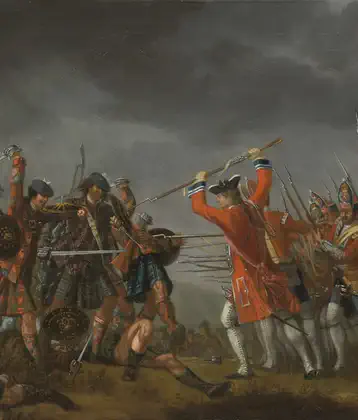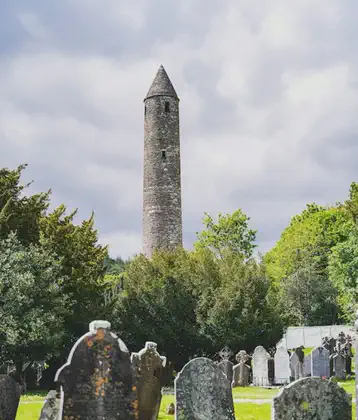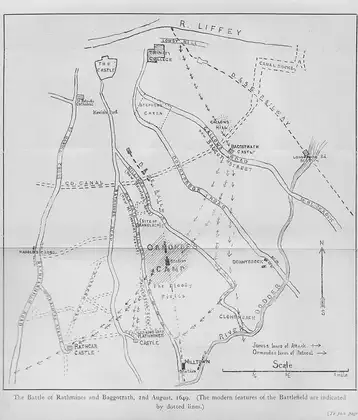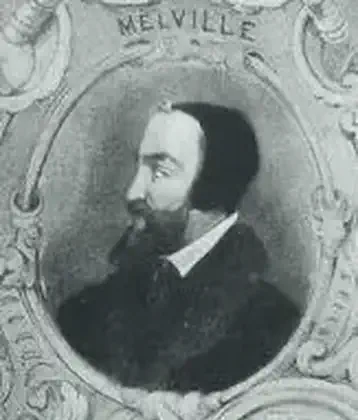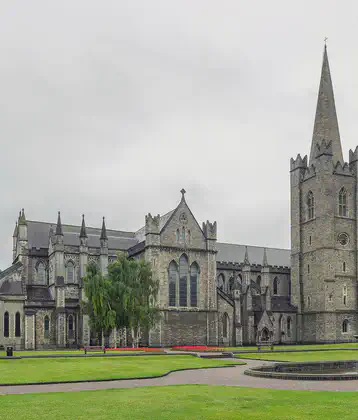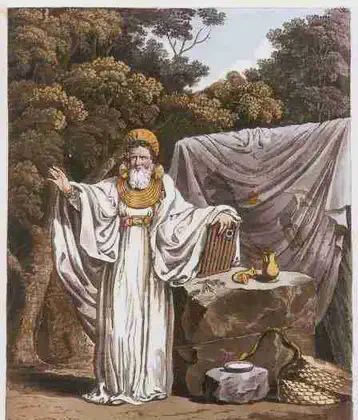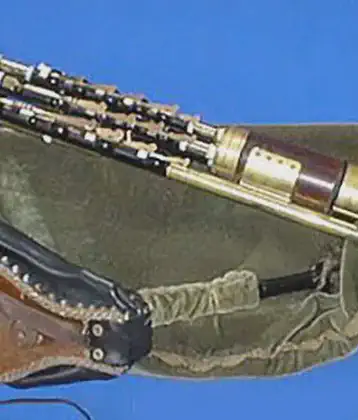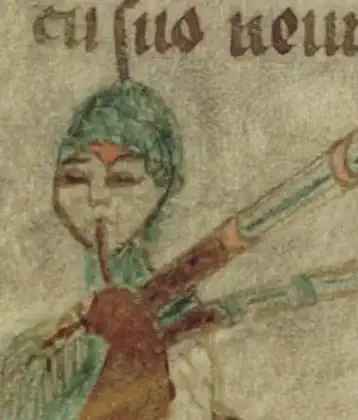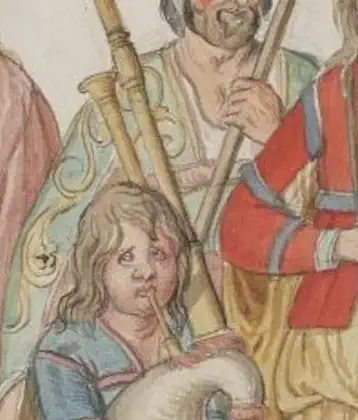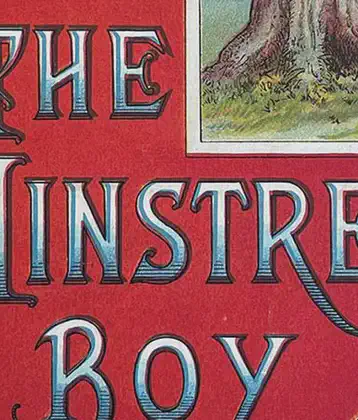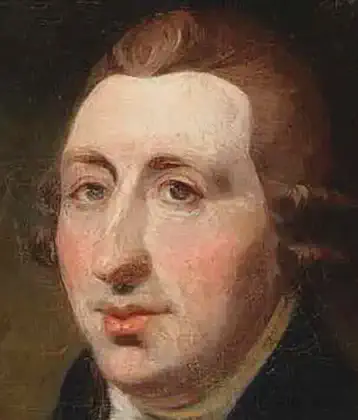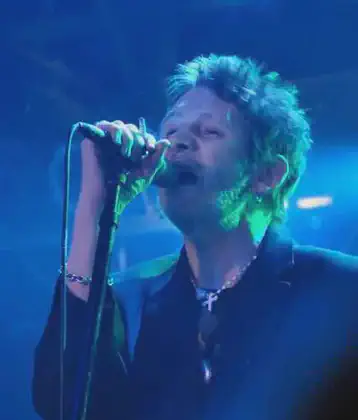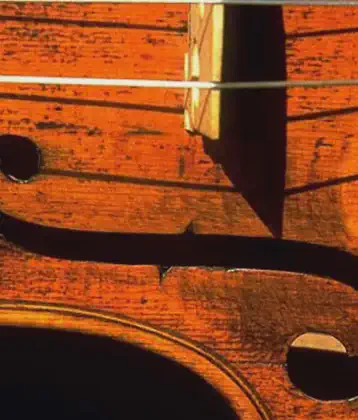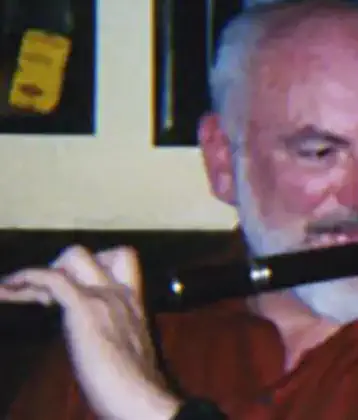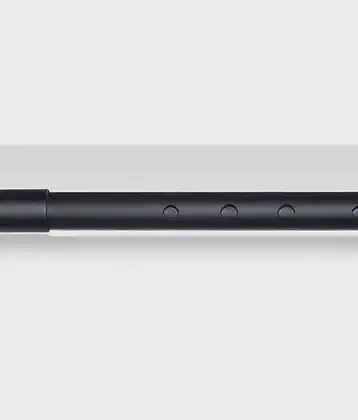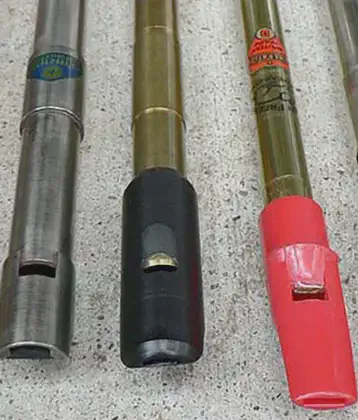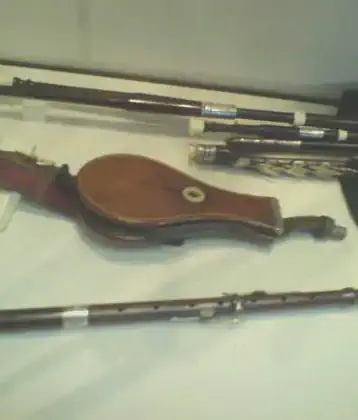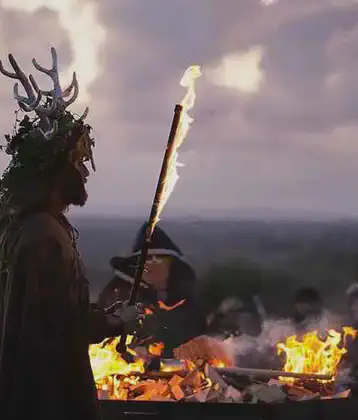August 1st , 1822
The Irish Constabulary Act, passed in 1822, was a significant piece of legislation that established county police forces and a salaried magistracy across Ireland. This act was part of the British government’s broader efforts to maintain order and strengthen its control over Ireland during a period of widespread social unrest.
Background
- Social Unrest in Ireland: The early 19th century in Ireland was marked by significant social and economic challenges, including agrarian unrest, poverty, and sporadic violence. Secret societies like the Whiteboys and Ribbonmen were active in rural areas, resisting landlord oppression and the payment of tithes.
- Need for a Police Force: Prior to the act, there was no standardized police force in Ireland, and law enforcement was largely carried out by the local militia and informal constables. This system was ineffective in dealing with the growing unrest, leading to the British government’s decision to create a more organized and centralized policing structure.
Key Provisions of the Irish Constabulary Act
- Establishment of County Police Forces: The act created organized police forces in each county across Ireland, known as the Irish Constabulary. These forces were under the control of the British administration in Dublin Castle, ensuring their loyalty to the crown.
- Salaried Magistracy: The act also introduced a system of salaried magistrates, replacing the previous system of unpaid justices of the peace. These magistrates were appointed by the government and were responsible for overseeing the police forces and maintaining law and order in their respective counties.
- Structure and Command: The Irish Constabulary was organized along military lines, with a strict hierarchy and discipline. Officers were often recruited from former British Army soldiers, and the force was equipped to deal with both regular policing duties and more serious disturbances.
Impact and Legacy
- Increased Control: The establishment of the Irish Constabulary allowed the British government to exert greater control over rural Ireland. The presence of a centralized, disciplined police force helped to suppress agrarian unrest and maintain order in the countryside.
- Policing Model: The Irish Constabulary became a model for police forces in other parts of the British Empire. Its success in maintaining order in Ireland led to the adoption of similar policing structures in other colonies.
- Royal Irish Constabulary: In 1867, the Irish Constabulary was granted the prefix “Royal” by Queen Victoria, becoming the Royal Irish Constabulary (RIC). The RIC played a crucial role in maintaining British rule in Ireland until its disbandment following the establishment of the Irish Free State in 1922.
Controversy and Criticism
- Opposition from Nationalists: The Irish Constabulary was often viewed with suspicion and hostility by Irish nationalists and the broader Catholic population. The force was seen as an instrument of British oppression, used to enforce unpopular laws and suppress nationalist movements.
- Role in the Land Wars: During the Land Wars of the late 19th century, the RIC was heavily involved in evictions and the suppression of tenant protests, further alienating it from the Irish population.
The Irish Constabulary Act of 1822 was a crucial step in the establishment of a formal, organized police force in Ireland. While it succeeded in its primary goal of maintaining order, it also deepened the divide between the Irish population and the British administration, contributing to the tensions that would eventually lead to the struggle for Irish independence.
